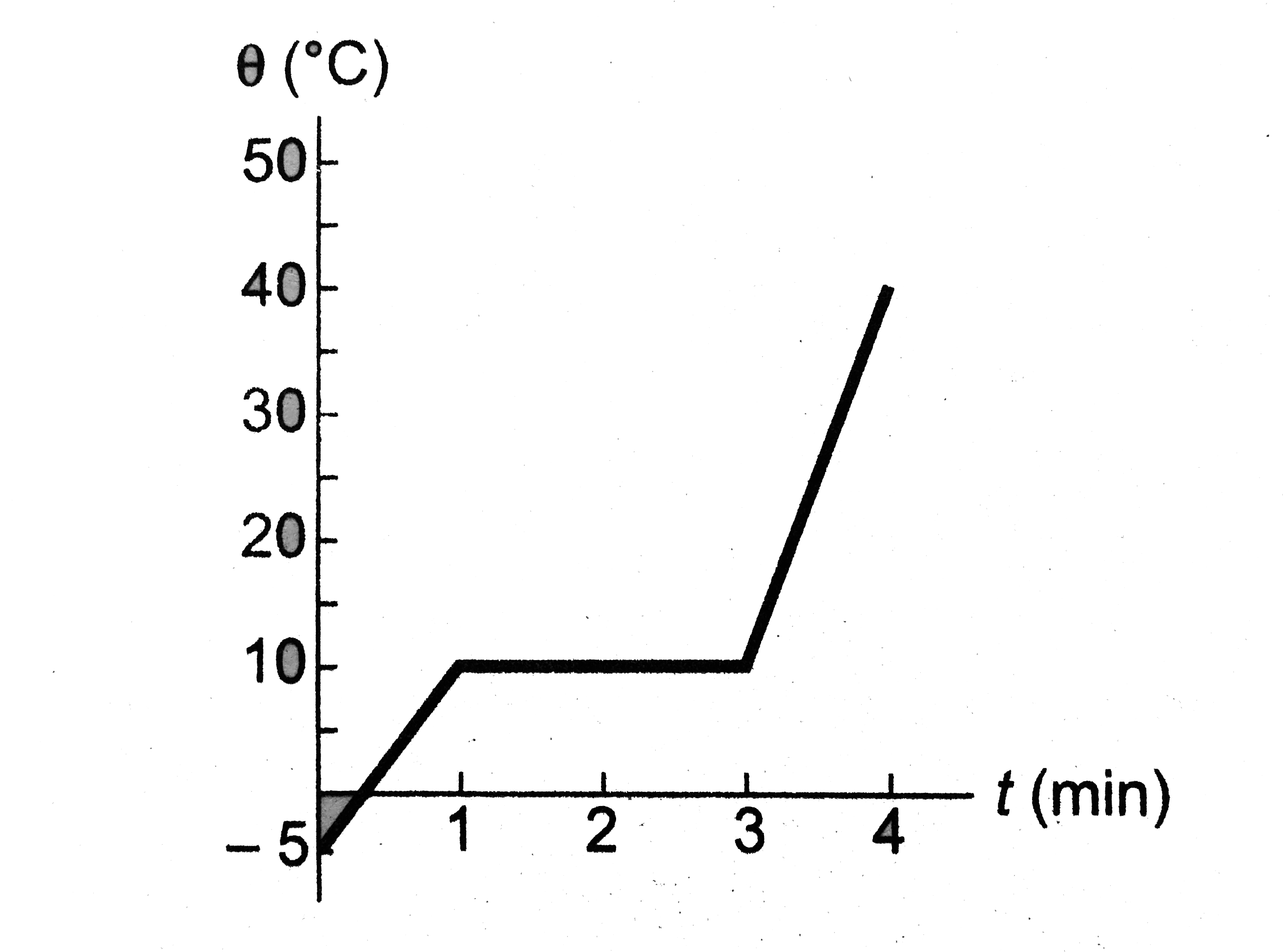Use the formula λmT=0.29 cm K to obtain the characteristic temperature ranges for different parts of the electromagnetic spectrum. What do the numbers that you obtain tell you?
A body at temperature T produces a continuous spectrum of wavelengths. For a black body, the wavelength corresponding to maximum intensity of radiation is given according to Wein’s law by the relation: λm=0.29cmK/T. For λm=10−6m,T=2900K. Temperatures for other wavelengths can be found. These numbers tell us the temperature ranges required for obtaining radiations in different parts of the electromagnetic spectrum. Thus, to obtain visible radiation, say λ=5×10−7m, the source should have a temperature of about 6000 K.
Note: a lower temperature will also produce this wavelength but not the maximum intensity.
Similar Questions
Use the formula λmT=0.29cmK to obtain the characteristic temperature ranges for different parts of the electromagnetic spectrum. What do the numbers that you obtain tell you?
View SolutionUse the formula λmT=0.29cmK to obtain the characteristic temperature ranges for different parts of the e.m. spectrum. What do the number that you obtain tell you?
View Solution
Knowledge Check
The temperature, t, generated by an electrical circuit is represented by t=f(m)=0.3m2, where m is the number of moving parts. The resistance of the same circuits is represented by r=g(t)=150+5t, where t is the temperature. What is the resistance in a circuit that has four moving parts?
A51B156C174D8,670
The terminology of different parts of the electromagnetic spectrum is given in the text. Use the formula E=hv. (for energy of a quantum of radiation : photon) and obtain the photon energy in units of eV for different parts of the electromagnetic spectrum. In what way are the different scales of photon energies that you obtain related to the sources of electromagnetic radiation?
View SolutionThe terminology of different parts of the electromagnetic spectrum is given in the text. Use the formula E = h ν (for energy of a quantum of radiation: photon) and obtain the photon energy in units of eV for different parts of the electromagnetic spectrum. In what way are the different scales of photon energies that you obtain related to the sources of electromagnetic radiation?
View SolutionThe terminology of different parts of the electromagnetic spectrum is given in the text. Use the formula E = h ν (for energy of a quantum of radiation: photon) and obtain the photon energy in units of eV for different parts of the electromagnetic spectrum. In what way are the different scales of photon energies that you obtain related to the sources of electromagnetic radiation?
View SolutionGiven below are some famous numbers associated with electromagnetic radiation in different contexts in physics. State the part of the electromagnetic spectrum to which each belongs.
2.7 K [temperature associated with isotropic radiation filling all space thought to be a relic of the big-bang origin of the universe).
View SolutionA particle of mass m is given an initial speed V0. It experiences a retarding force that is proportional to the speed of the particle (F = aV). a is a constant.
(a) Write the dimensional formula of constant a.
(b) Using dimensional analysis, derive a formula for stopping time (t) of the particle. Does your formula tell you how 't' depends on initial speed V0 ? What can you predict about the constant obtained in the formula ?
View SolutionAs a physicist, you put heat into a 500 g solid sample at the rate of 10.0kJ/min, while recording its temperature as a function of time. You plot your data and obtain the graph shown in figure.
 .
.
(a) What is the latent heat of fusion for this solid?
(b) What is the specific heat of solid state of the material?
View SolutionAs a physicist, you put heat into a 500 g solid sample at the rate of 10.0kJ/min, while recording its temperature as a function of time. You plot your data and obtain the graph shown in figure.
 .
.
(a) What is the latent heat of fusion for this solid?
(b) What is the specific heat of solid state of the material?
View Solution
